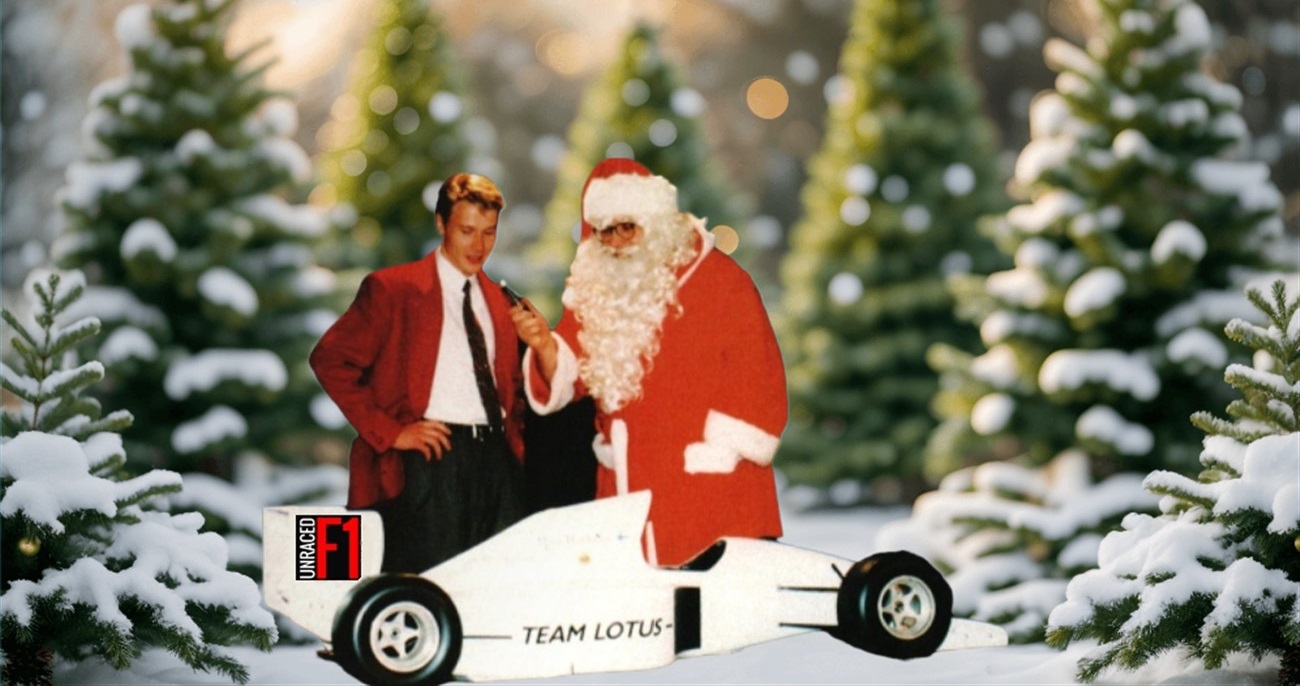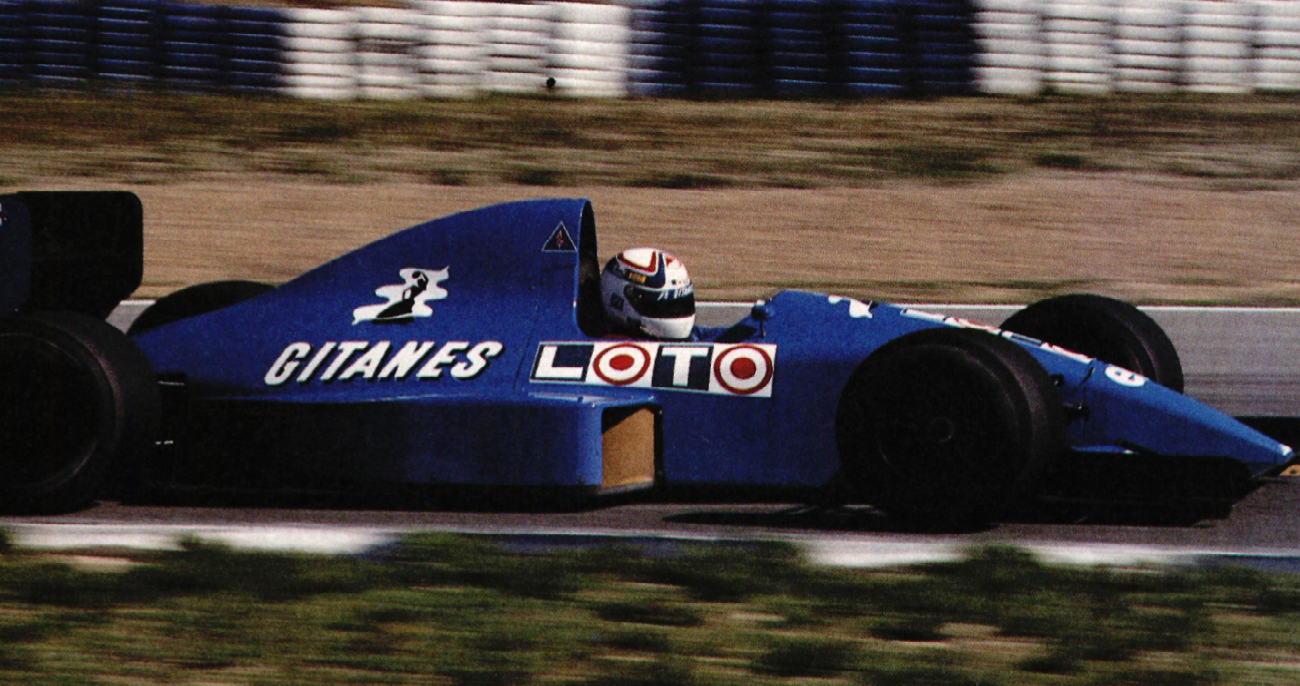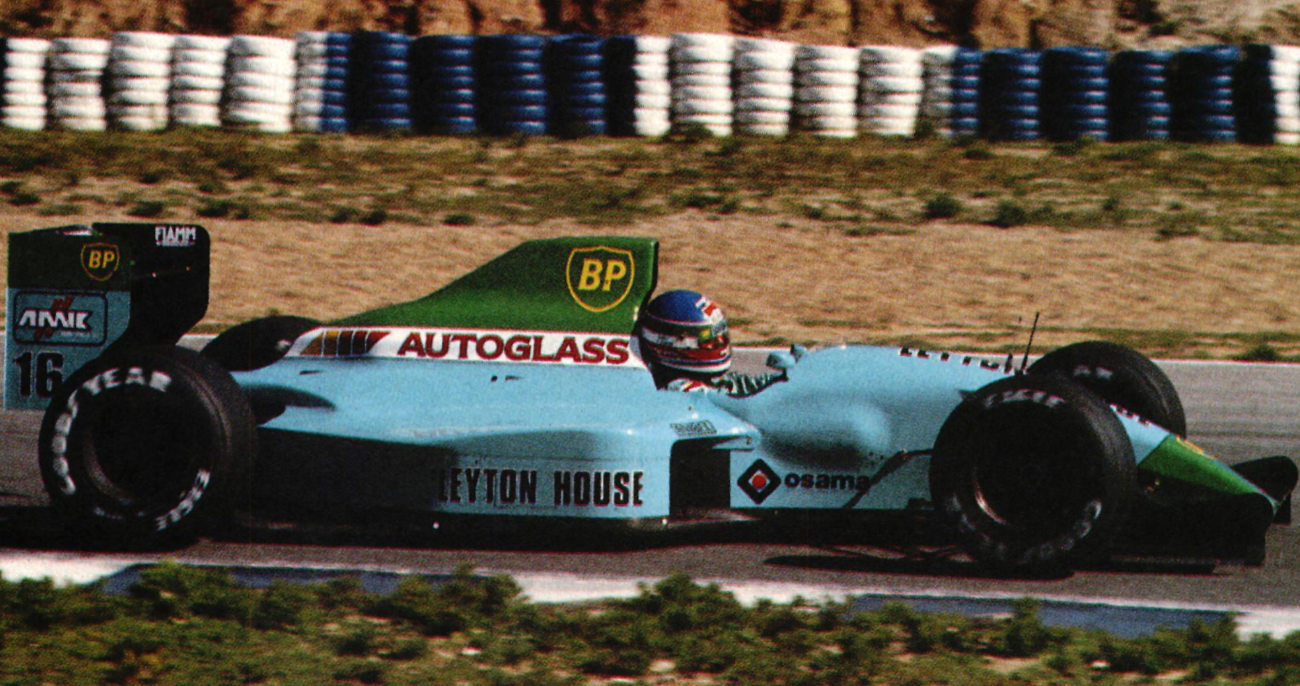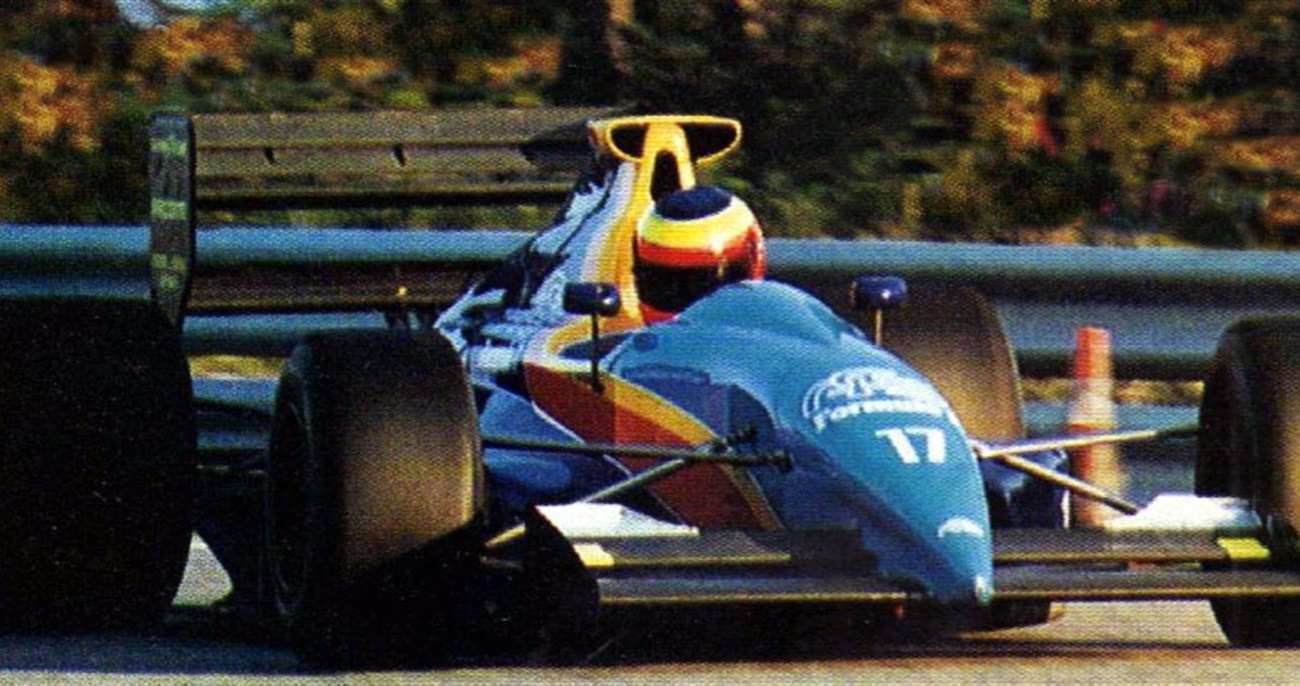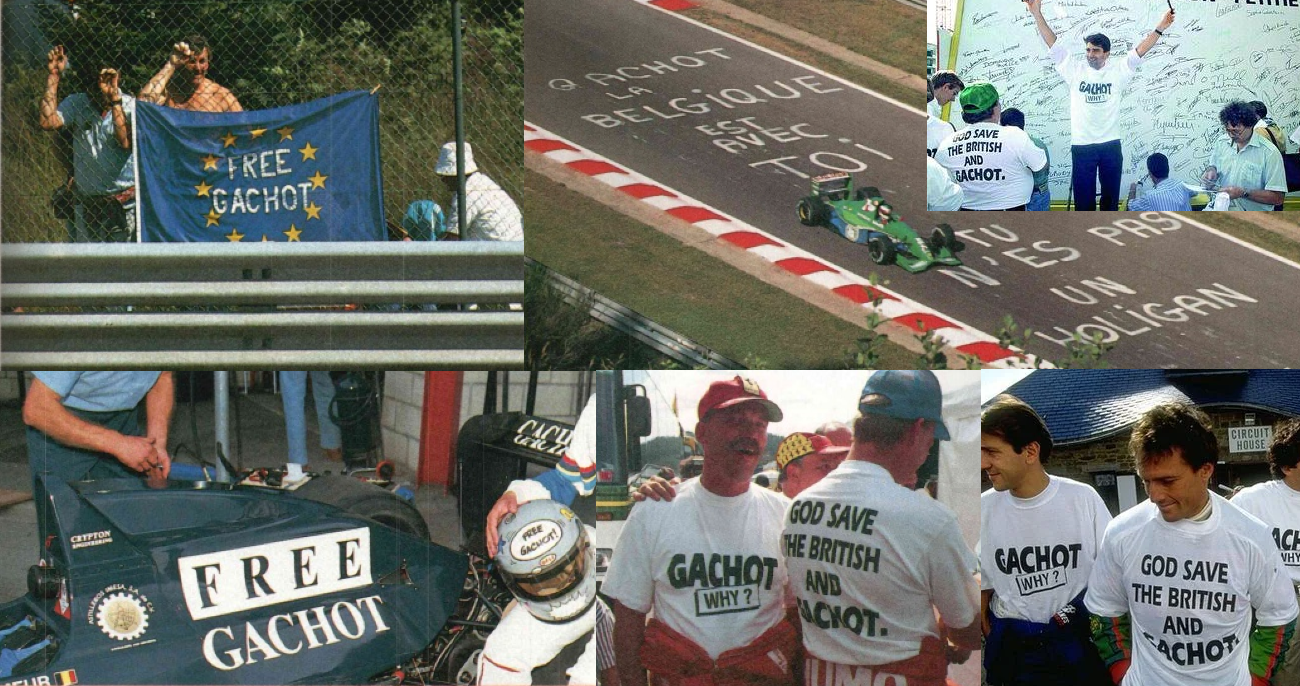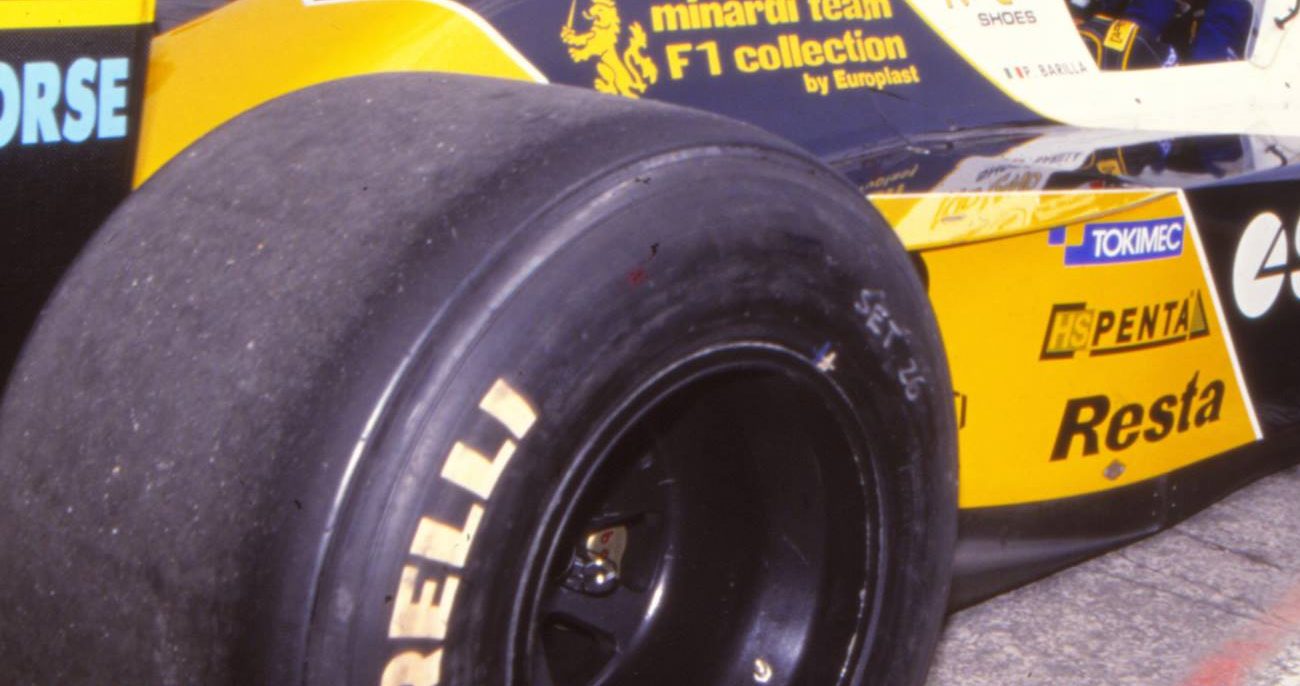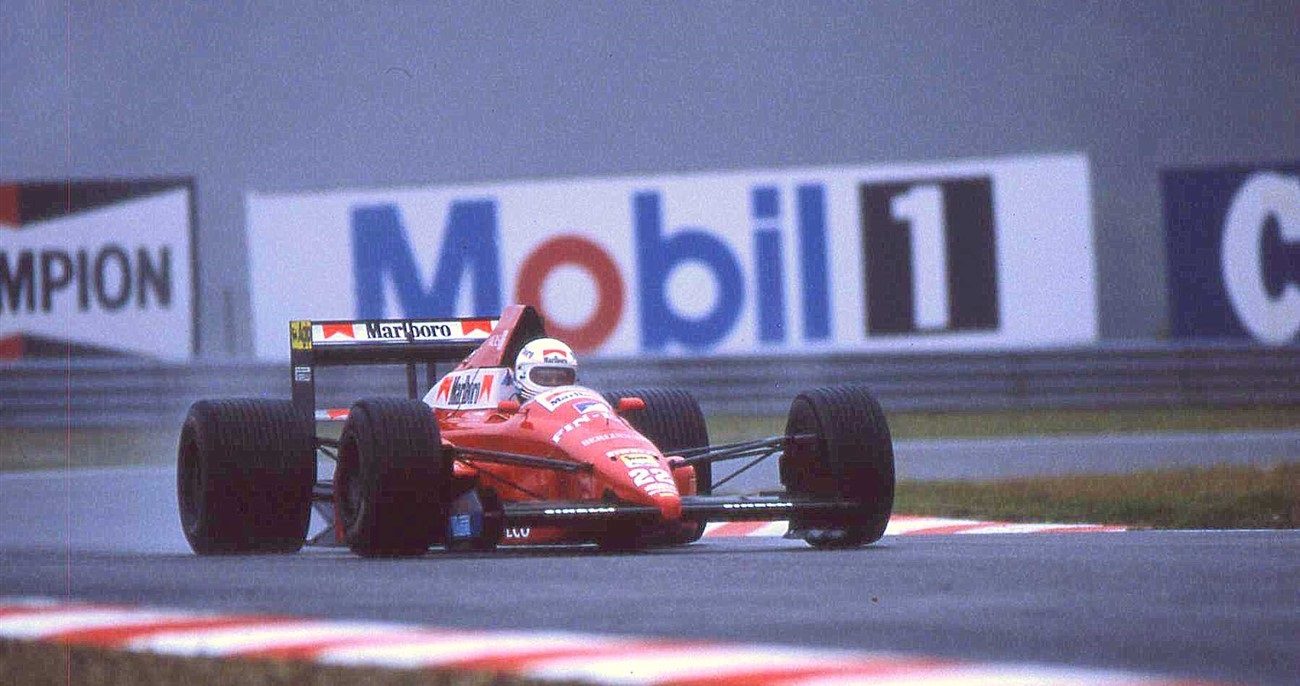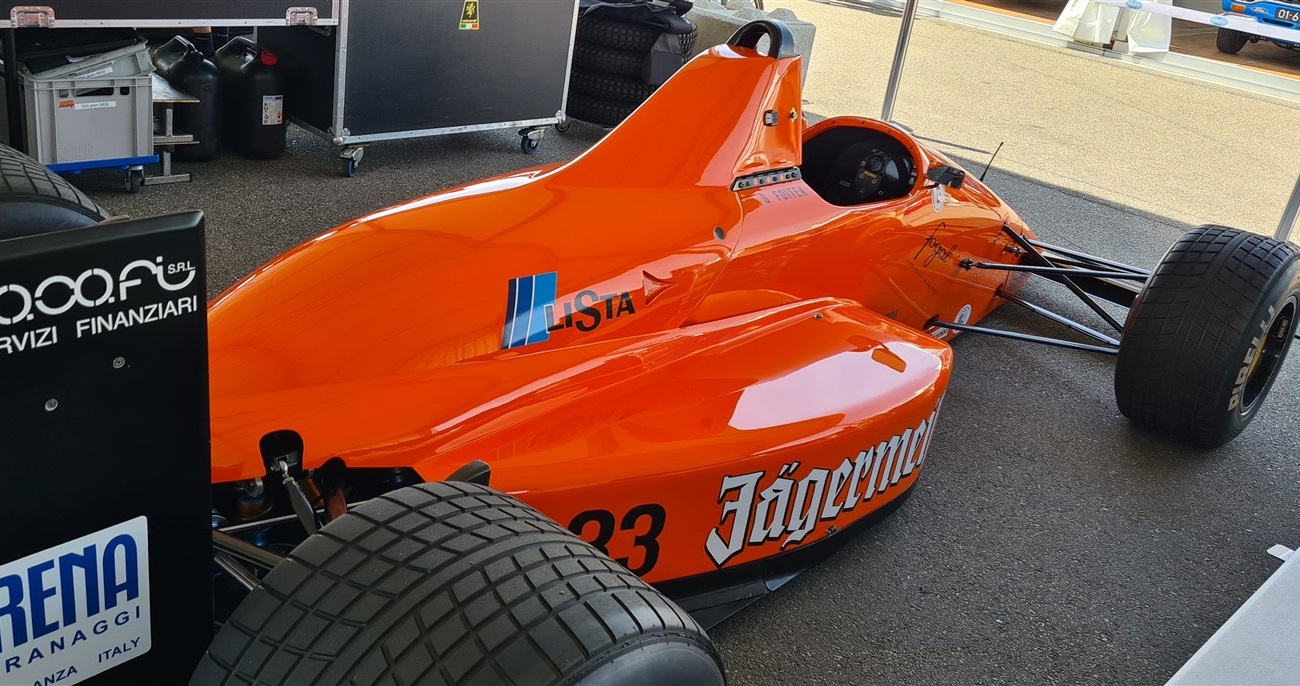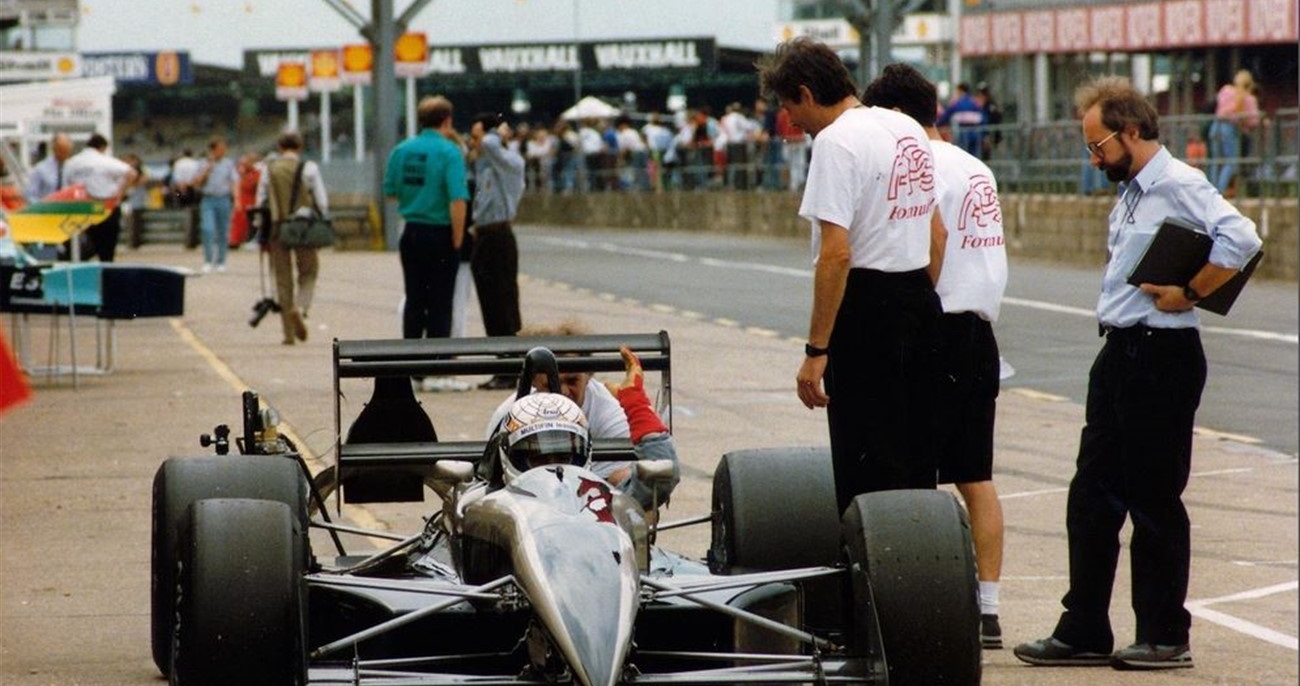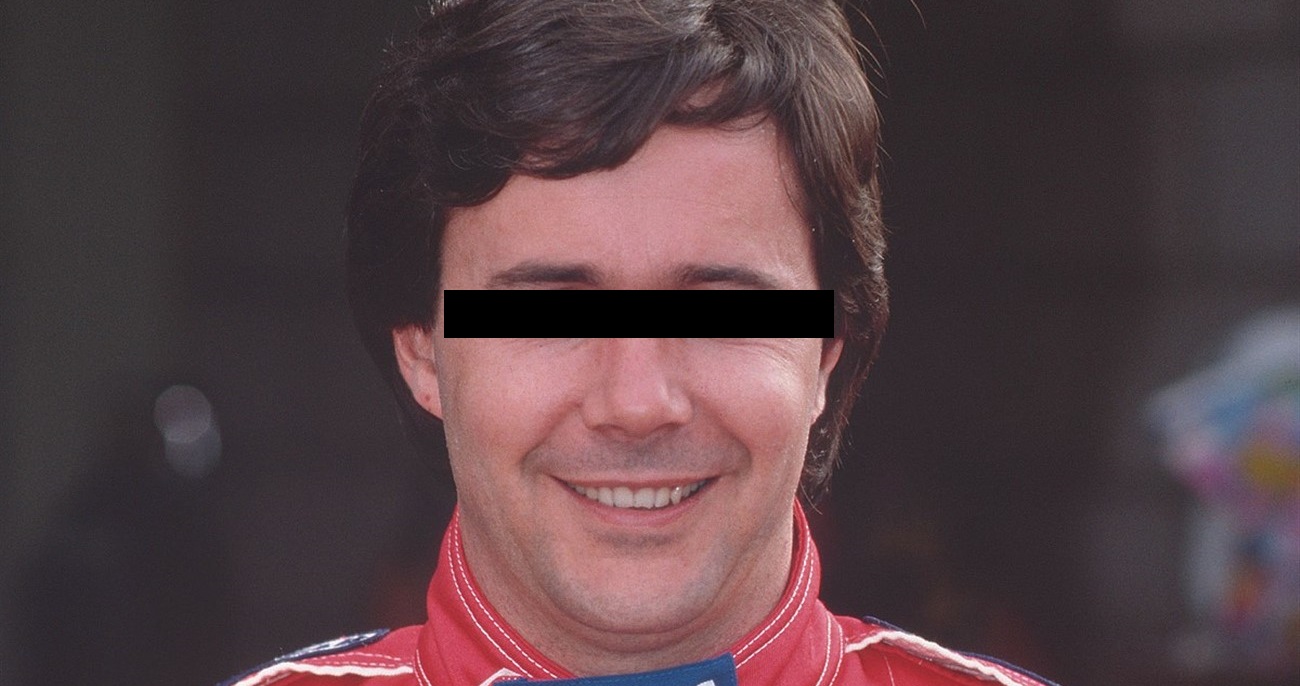That time in December 1990 Santa fooled Team Lotus
So here it is merry Christmas, everybody is having fun besides Team Lotus in December 1991! Look to the future now, it’s only just begun. Well, it is 1990, though 1991 rhymes better. Some of you might get wrapped up if not correcting directly after it. Anyway, it’s the 8th of December 1990. Probably a […]
Continue Reading
